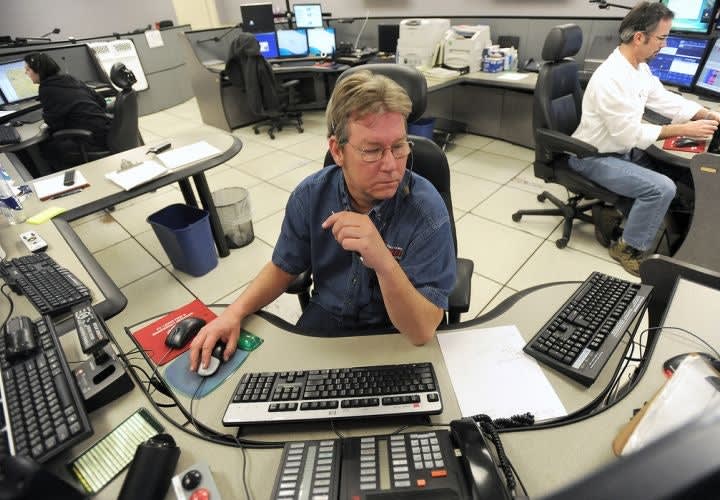This brings me to next-generation 911 (NG 911), which refers to the transition in public safety to broadband technology and multimedia-enabled operations that will remedy these issues and enhance 911 capabilities for PSAPs and first responders. NG 911 relies on the implementation of an Emergency Services IP Network (ESInet) that lets a person send video, voice and text "calls" to a PSAP during an emergency.
Technology exists for an ESInet solution to have the flexibility to host a single PSAP or a network of PSAPs utilizing reliable, secure, geo-diverse architecture instead of having separate controllers at each PSAP location. This feature provides operational cost savings and places the PSAP in control of alternate routing and backup capabilities.
One company in this area is Cassidian Communications, a Raytheon partner. Cassidian is at the forefront of NG 911 development with its equipment that's used as part of ESInet solutions in Montana as well as the Denco Area 911 District in Texas, which was the first deployment in the U.S. to use the interim, transitional Request for Assistance Interface (RFAI) protocol. Cassidian's open, standards-based architecture approach integrates command and control through the use of narrowband and broadband wireless communications.
Narrowband delivers two-way voice communications, while broadband offers high-speed data services so authorized parties can access video, data and other mission-critical information.
Updating to a NG 911 system provides several benefits to law enforcement. In addition to enhanced interoperability between public safety agencies, NG 911 can:













